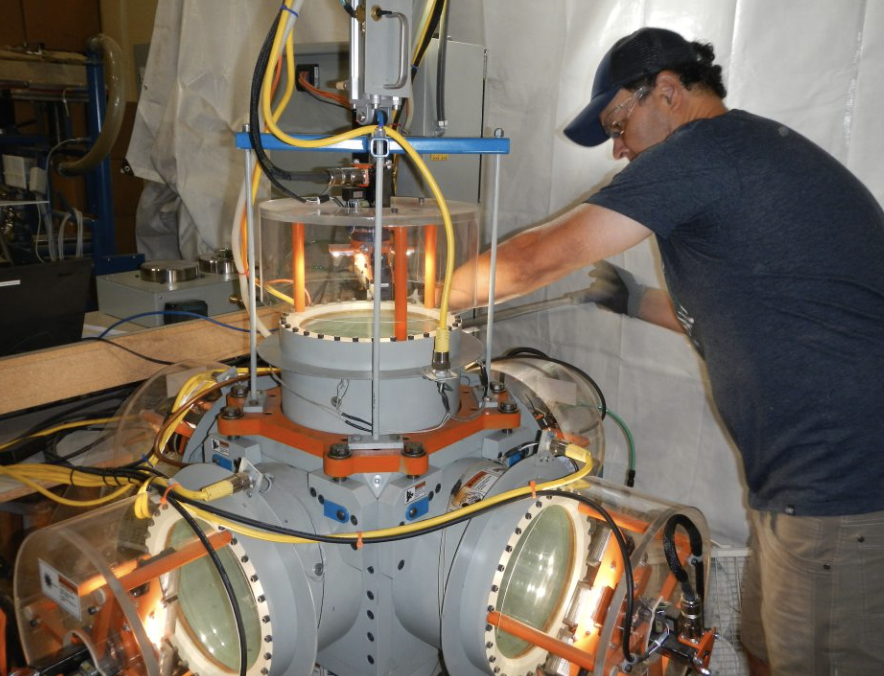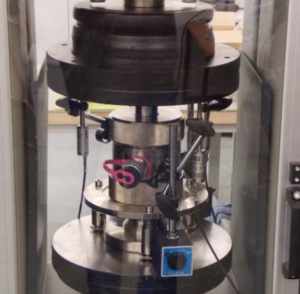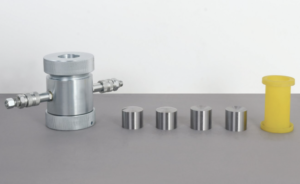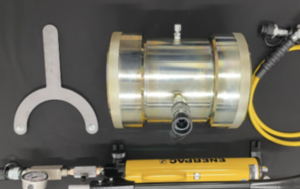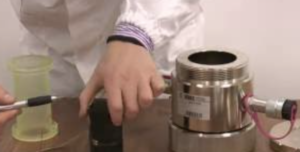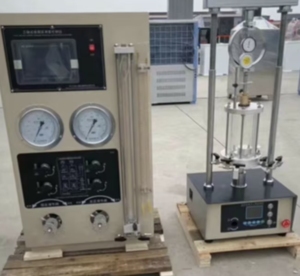True Triaxial vs. Conventional Triaxial Tests: Differences and Critical Applications
When it comes to understanding soil and rock behavior under stress, triaxial testing is the gold standard. But not all triaxial tests are created equal. While the conventional triaxial test has long served geotechnical engineers, the true triaxial test (TTT) offers a more complete picture—especially for complex or anisotropic stress states. In this article, we’ll break down the differences between these two methods and help you decide which is best for your application.
Understanding Stress Differences in Triaxial Testing
In a conventional triaxial test1, only two principal stresses are independently controlled:
- σ₁ (Major principal stress): Applied vertically via axial load.
- σ₂ = σ₃ (Intermediate and minor principal stresses): Applied equally through confining pressure.
This creates a simplified axisymmetric stress condition useful for most design needs—but it doesn’t fully capture the complexities of 3D stress states in the field.
In contrast, a true triaxial test2 allows independent control of all three principal stresses (σ₁, σ₂, and σ₃). This enables modeling of non-axisymmetric loading3, such as that found in tunnels, deep foundations, or fault zones.
Stress Control Comparison Table
| Parameter | Conventional Triaxial Test | True Triaxial Test |
|---|---|---|
| σ₁ (vertical) | Controlled | Controlled |
| σ₂ (horizontal) | Equal to σ₃ | Independently controlled |
| σ₃ (horizontal) | Controlled (equal to σ₂) | Independently controlled |
| Stress state | Axisymmetric | Fully 3D, non-axisymmetric |
The ability to independently vary σ₂ and σ₃ is crucial for simulating natural stress anisotropy in soils and rocks.

Why Specimen Geometry Matters
Geometry plays a critical role in how stress is distributed during testing.
- Conventional triaxial tests use cylindrical specimens (typically 38 mm × 76 mm).
- True triaxial tests use cubical or prismatic specimens to accommodate multi-directional loading surfaces.
Geometry Comparison
| Test Type | Specimen Shape | Benefit |
|---|---|---|
| Conventional Triaxial | Cylinder | Uniform radial stress, easy handling |
| True Triaxial | Cube or prism | Full 3D stress application |
In TTTs, the three orthogonal loading platens ensure independent stress control in all axes, essential for studying behavior under unsymmetric loading conditions, such as earthquakes or tunneling.
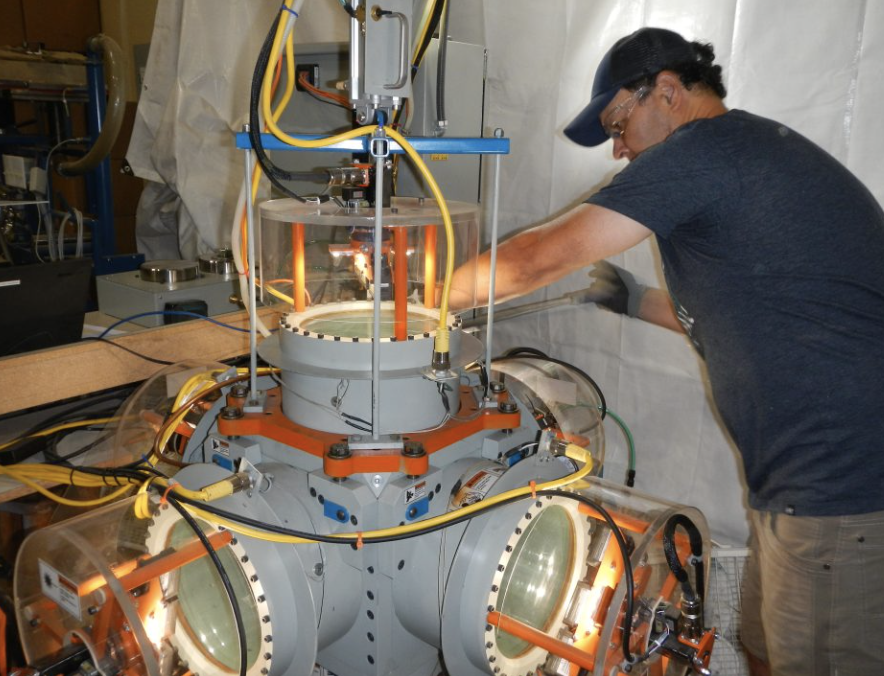
Modeling Complex Failure with True Triaxial Tests
One of the main advantages of TTTs is the ability to observe failure mechanisms4 that cannot be captured in axisymmetric setups.
Key Insights from True Triaxial Testing:
- Shear band development in directions not aligned with σ₁–σ₃.
- Brittle-ductile transition under changing σ₂ levels.
- Volumetric strain and anisotropy effects in granular media.
- Nonlinear failure envelopes, especially in rocks or compacted soils.
Example: Failure Behavior Under Varying σ₂
| σ₂ / σ₃ Ratio | Observed Behavior |
|---|---|
| 1.0 | Axisymmetric failure plane |
| 1.5 | Inclined shear bands, early failure |
| 2.0 | Progressive failure with dilatancy |
These findings help improve numerical models and enhance predictive capability for complex geotechnical problems like:
- Underground caverns
- Deep rock excavations
- Fault activation and induced seismicity
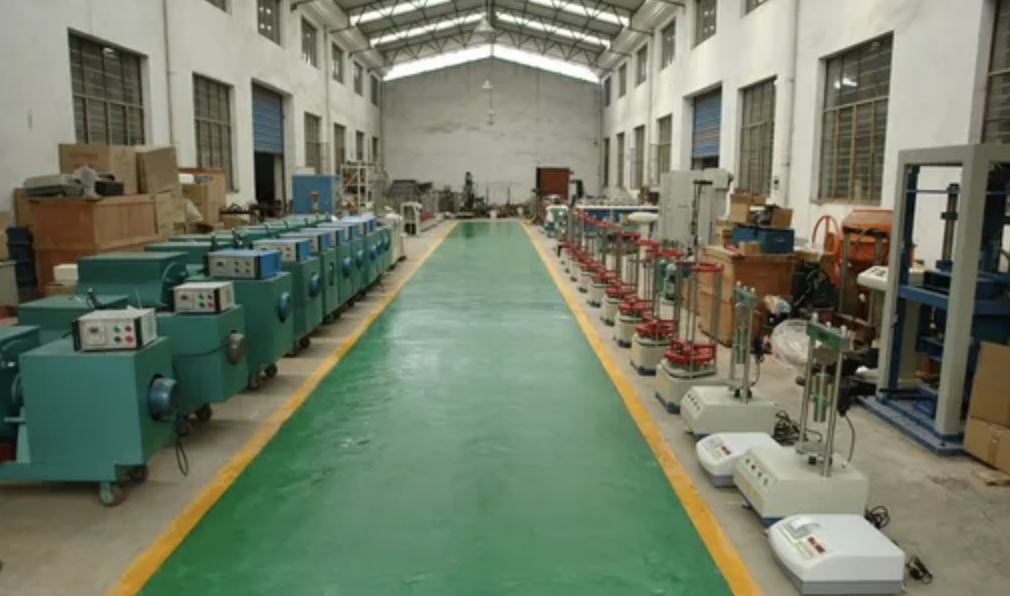
Choosing the Right Test for Your Application
When to Use Conventional Triaxial Tests:
- General soil mechanics (foundation design, slopes)
- Saturated clay or sand behavior under normal conditions
- Projects with axisymmetric or uniform stress conditions
When to Use True Triaxial Tests:
- Anisotropic stress fields (e.g., tunnels, boreholes)
- Rock mechanics and fractured media
- High-performance projects requiring advanced modeling calibration5
- Research into nonlinear or anisotropic failure envelopes6
Test Selection Guide
| Design Scenario | Recommended Test Type |
|---|---|
| Building foundation on soft clay | Conventional Triaxial (CU/CD) |
| Tunnel under anisotropic stress | True Triaxial |
| Deep rock cavern | True Triaxial |
| Retaining wall backfill analysis | Conventional Triaxial |
| Seismic soil-structure interaction study | True Triaxial |
While conventional tests are sufficient for most routine designs7, true triaxial testing is a must-have when modeling soil behavior under realistic and complex loading paths8.

Conclusion
The difference between conventional and true triaxial testing isn’t just technical—it’s fundamental to how we understand and model soil and rock behavior. Conventional tests are reliable and efficient for most designs, but when the stress field becomes complex, true triaxial testing reveals the deeper truth. For engineers tackling advanced geotechnical challenges, the right test can be the difference between conservative estimates and confident, high-performance solutions.
-
Learn about the conventional triaxial test to grasp its role in geotechnical design and analysis. ↩
-
Explore this link to understand the advantages and applications of true triaxial tests in modeling complex stress states. ↩
-
Discover the concept of non-axisymmetric loading and its importance in structural and geotechnical engineering. ↩
-
Understanding failure mechanisms is crucial for improving material performance and safety in engineering applications. Explore this link for deeper insights. ↩
-
Advanced modeling calibration is essential for high-performance projects, ensuring accurate predictions and safer designs in foundation engineering. ↩
-
Exploring nonlinear or anisotropic failure envelopes can enhance your knowledge of soil behavior under various stress conditions, vital for engineering projects. ↩
-
Understanding routine designs helps in recognizing when to apply conventional tests effectively. ↩
-
Learning about loading paths enhances comprehension of soil behavior under various conditions, vital for accurate engineering assessments. ↩

